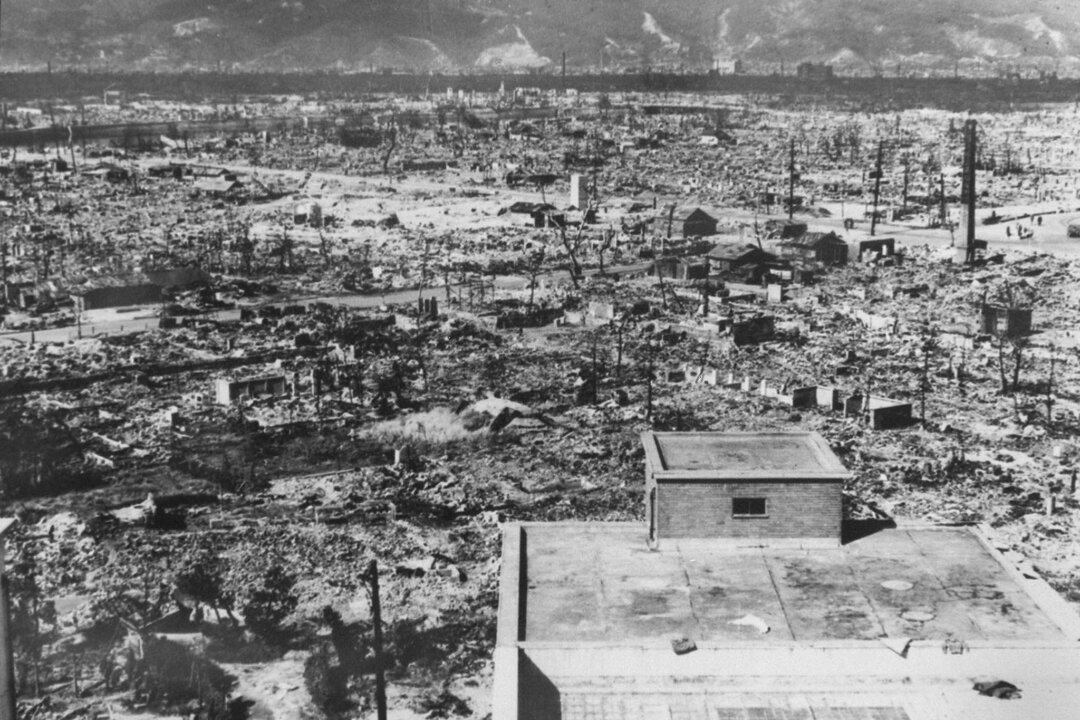A study has found that, 80 years after the atomic bombings of Hiroshima, Japan, and Nagasaki, Japan, radiation-related deaths among survivors accounted for only 1 percent of total deaths.
Philip Thomas, professor of risk management at the University of Bristol, said that despite the slightly elevated risk the survivors faced as a result of their exposure to radiation in 1945, their lives will, on average, have been “decades longer than those of their forebears.”
On Aug. 6, 1945, and Aug. 9, 1945, the United States detonated atomic bombs over Hiroshima and Nagasaki during World War II.
The study, published in the latest Journal of Biological Physics and Chemistry, states that the Hiroshima bomb fissioned enriched uranium almost 2,000 feet above the ground to produce an effect similar to that of 16 kilotons of TNT exploding….
Radiation Linked to Just 1 Percent of Deaths Among Hiroshima and Nagasaki Survivors, Study Finds

